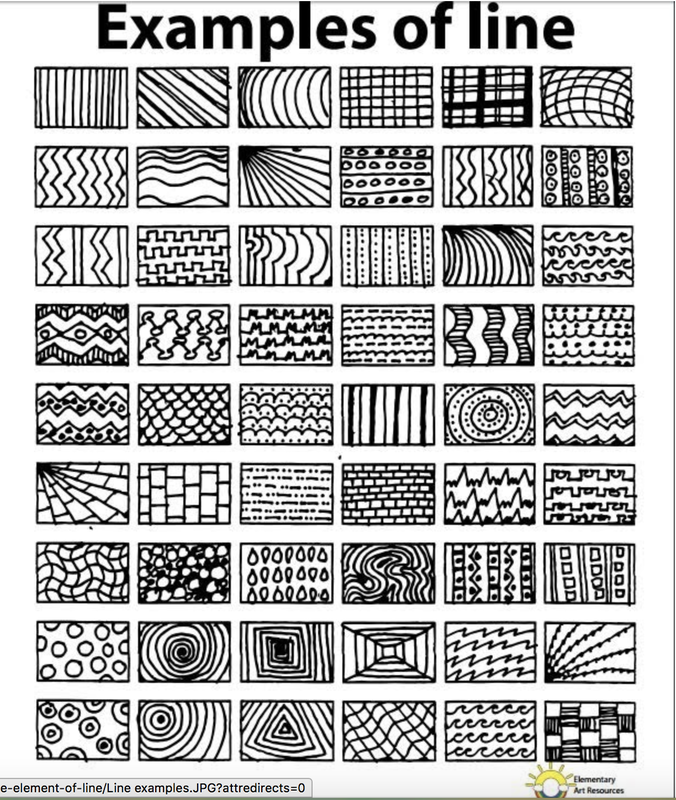

- #Complicated doodle fit example how to
- #Complicated doodle fit example software
- #Complicated doodle fit example windows
#Complicated doodle fit example how to
For example, to learn how to dance a waltz, it would be helpful for them to see another couple execute the dance steps before taking on the challenge themselves. They do not like to simply jump in or follow written instructions. In our current day and age, there is an explosion of educational videos available online.įor visual learners to learn a task, rather than abstract or factual information, they prefer to see a demonstration.

#Complicated doodle fit example software
#Complicated doodle fit example windows
Sit away from windows and near the front of the room to minimize distractions.In addition, the lecturer’s facial expressions and body language will provide you with more information. Keep your eyes on the lecturer it will help you focus.Here are some study tips for visual learners that should serve your needs: Today’s classrooms are often ideal for visual learning, because there are numerous visual aids: whiteboards, handouts, online learning videos, etc.īy employing strategies tailored to your visual learning style, you’ll learn more effectively. Visual learners need visual cues in front of them in order to solidify ideas and concepts in your minds. Visual learners generally retain about 75 per cent of information presented to them visually and they learn best alone. Have difficulty following verbal directions.Look for something to watch when you get bored.Have a good sense of direction because you can visualize maps and charts.May need some thought before processing speeches or lectures.Need to close your eyes to visualize something.Attracted to spoken language that is rich in imagery.Create strong visual images in your mind when you read.Characteristics of visual learnersĪs a visual learner, you may find that you: They generally retain about 75 per cent of what they see, with analytic visual learners processing words before pictures, and global visual learners turning to graphics before words. Approximately 65 per cent of the population learns visually and are lucky that it is the predominant teaching style found in classrooms. Visual learners understand and retain information better when the ideas, words, and concepts are associated with images. Let us first begin first with visual learning! Hopefully, you will be able to identify which type of learning suits you best and move forward with the tips associated with that learning style so you can succeed in your studies. In this article, we will be exploring all the different learning styles mentioned above and also take a look at personalized learning, which does not work as well in traditional education system you are most likely more acquainted with. It is simply a matter of determining which learning style or which combination works best to help you learn and then exploring the learning techniques which fit best with your style. When it comes to learning, there is no right or wrong, good or bad. Your own learning style may match one of these categories perfectly or it may be a combination of two styles of more. These four styles are sometimes collectively known as VARK learning. It is important to identify a learning method that works for you as early as possible in your school career because you’ll need it throughout your life as new tasks and information come your way.Įducation experts have identified four separate learning styles: visual, auditory, read and write, and kinesthetic (or physical). Interestingly, not everyone learns the same way or at the same pace. Learning is a complex, but important, process that everyone must master to be successful.


 0 kommentar(er)
0 kommentar(er)
